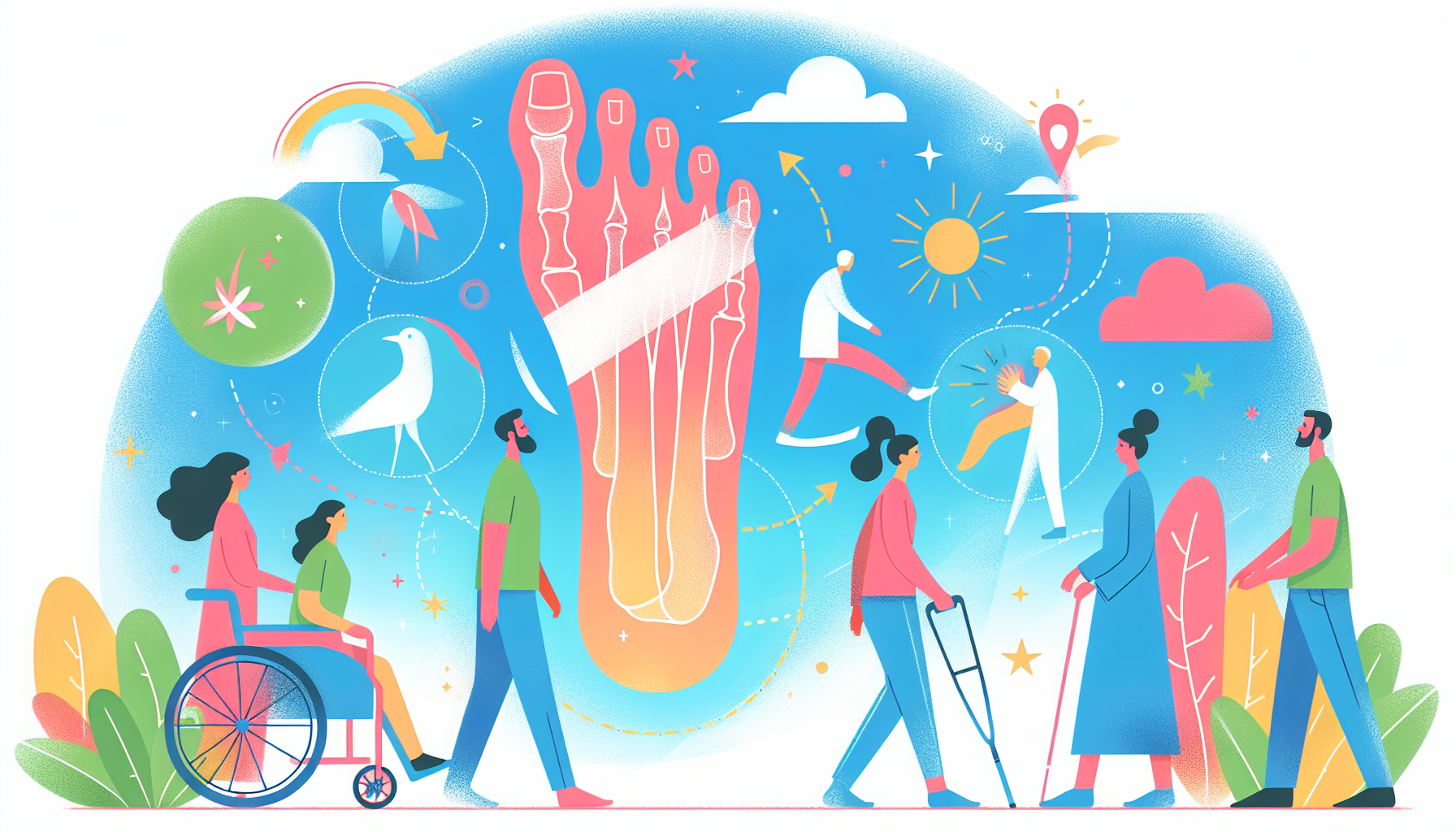Can I Take Zepbound a Day Early?
Key TakeawaysZepbound is a once-weekly injectable medication for weight management and obstructive sleep apnea (OSA) linked to obesity.Taking Zepbound a day early is [...]
Read More
Medically reviewed by Abhijit Bhattacharyya | MD, PhD, MBA, Tufts University School of Medicine - Miami, Florida on November 4th, 2023.
A broken toe, also known as a toe fracture, is a common injury that occurs when one of the bones in your toes breaks. While a broken toe can be painful, it usually doesn't require extensive medical treatment. In this article, we'll cover the signs and symptoms of a broken toe, when to see a doctor, and how to treat and recover from a broken toe at home.
If you have a broken toe, you may experience some or all of the following symptoms:
Pain and tenderness in the affected toe
Pain when walking or putting weight on the foot
Redness or bruising
Stiffness
Swelling
While a broken toe can often be treated at home, there are some cases where you should seek medical attention. Call your doctor if you experience any of the following:
Injury to the big toe
Bone sticking out of the skin or an open wound
Toe is bent or crooked
Intense pain under the toenail
Numbness, tingling, or coldness in the toe
Blue or gray skin on the toe
Swelling, bruising, or redness that doesn't improve after a few days
If you have diabetes or another condition that affects blood flow or nerve function in your feet, it's especially important to see a doctor for a broken toe.
To diagnose a broken toe, your doctor will ask about your symptoms and how the injury occurred. They will also examine your toe for tenderness, broken skin, and signs of nerve or blood flow issues. If a fracture is suspected, your doctor may order an X-ray to confirm the diagnosis.

For most broken toe cases, treatment involves self-care measures at home. Your doctor may recommend the following:
Buddy taping: Taping the broken toe to the adjacent toe to limit movement
Wearing a stiff-bottomed shoe with a cloth top to allow room for swelling
Keeping the foot elevated above heart level to reduce swelling and pain
Applying ice to the toe for 20 minutes every hour for the first 24 hours, then 2-3 times a day thereafter
Resting and avoiding activities that cause pain
Taking over-the-counter pain medications like ibuprofen, acetaminophen, or naproxen
In more severe cases, your doctor may need to manually realign the bone, prescribe antibiotics, or perform surgery to insert pins or screws to hold the bones in place.
Most broken toes heal within 4-8 weeks, depending on the severity of the fracture. During the recovery period, it's important to avoid activities that put stress on the toe, such as sports or wearing tight-fitting shoes. Once you can walk and wear shoes without pain, you can gradually resume normal activities.
If you suspect you have a broken toe, don't hesitate to seek medical advice. With proper treatment and care, most people make a full recovery from this common injury. For more information on foot health, visit Foot Health Facts, WebMD, or Mayo Clinic.
Key TakeawaysZepbound is a once-weekly injectable medication for weight management and obstructive sleep apnea (OSA) linked to obesity.Taking Zepbound a day early is [...]
Read MoreKey TakeawaysZepbound is an FDA-approved medication for chronic weight management in adults with obesity or overweight, and for moderate to severe obstructive sleep apnea [...]
Read MoreKey TakeawaysZepbound is a once-weekly injectable medication that supports weight loss by activating hormone pathways regulating appetite and digestion.After the first dose, [...]
Read More